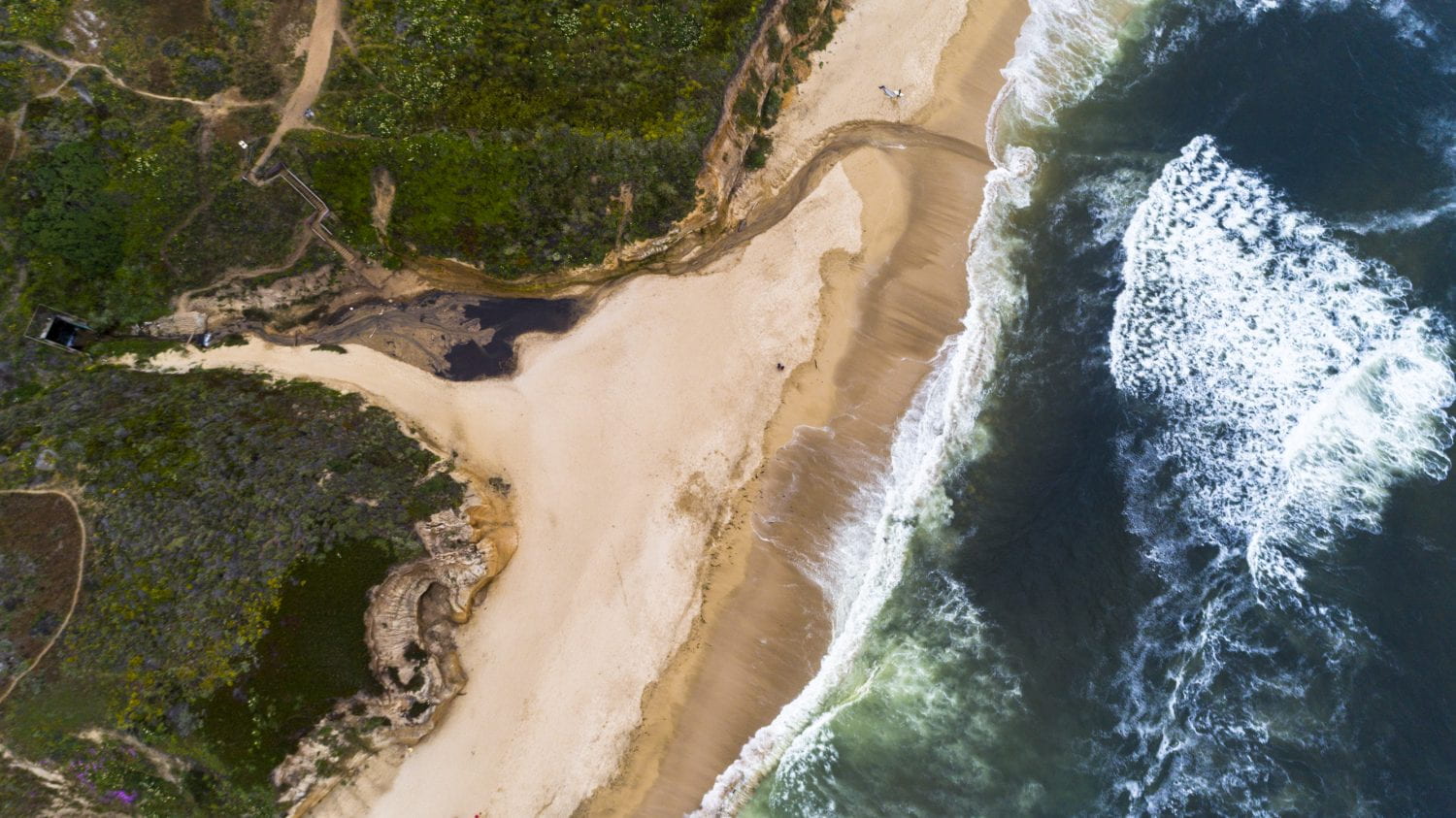In a warming climate, ocean- and land-based floods are a disastrous duo, UCI researchers find

Coastal areas are threatened by both oceanic and terrestrial flooding, and the combination of these factors is especially concerning as sea levels continue to rise. Untangling how oceans and rivers interact – their so-called compounding effects – is a challenge for scientists and engineers trying to estimate the current and future risk of flooding. UCI researchers have developed a new method to characterize this dual flood threat, finding that in a warming climate, future sea level rise will not only increase the flood risk, but also exacerbate the compounding effects between oceanic and terrestrial flooding. Their results were published today in Proceedings of the National Academy of Sciences. “On a standalone basis, ocean- and land-based flood drivers are dangerous enough, but when you combine the two, you end up with a situation that is much more of a threat to lives and property,” said study co-author Amir AghaKouchak, associate professor of civil & environmental engineering. He added that the heavy rains and coastal surges from Hurricane Harvey – which began ravaging Texas’ Gulf Coast just days before publication – are alarming, real-world examples of the damage that can be caused by the conjoining of two types of flooding. Lead author on the study was Hamed Moftakhari, UCI post-doctoral scholar in civil & environmental engineering. Additional co-authors were Gianfausto Salvadori, University of Salento, Italy; Brett Sanders, UCI professor of civil & environmental engineering; and Richard Matthew, UCI professor of urban planning & public policy.